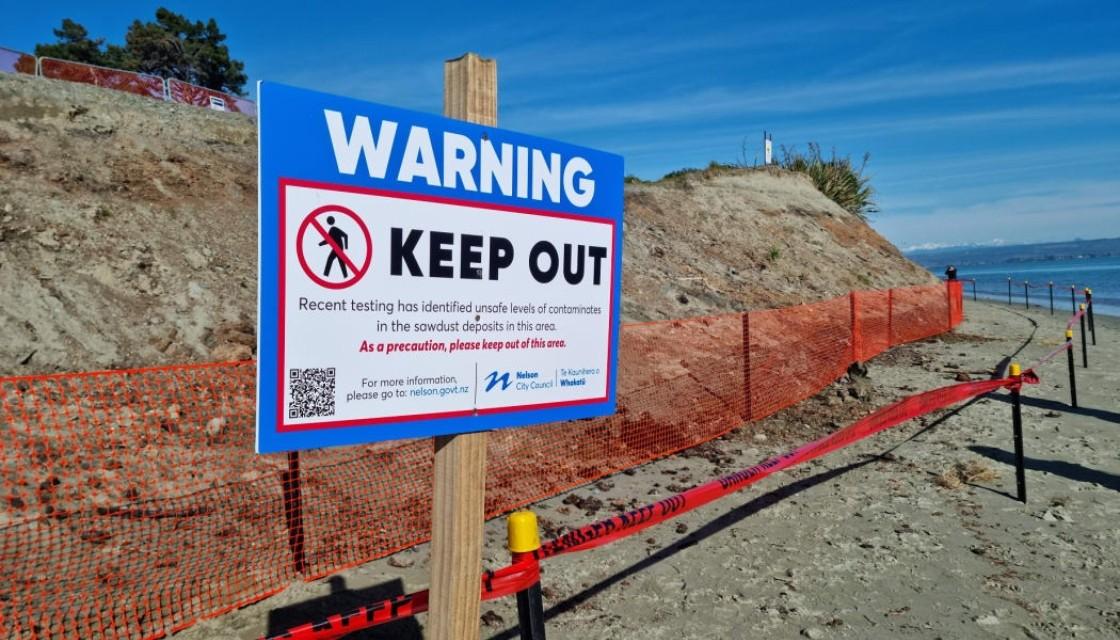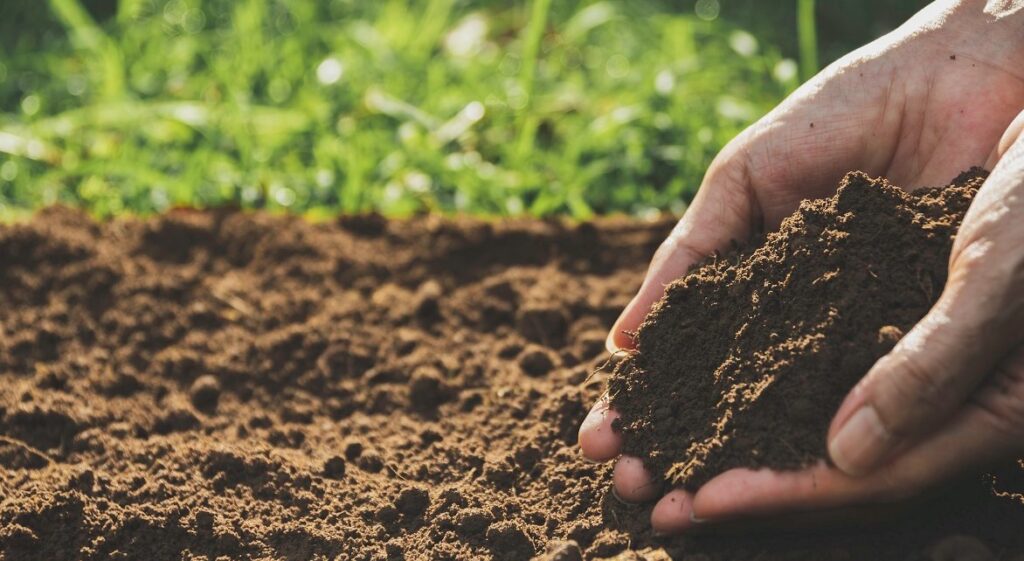Contaminated land

Soil contamination assessment
The National Environmental Standards (NES) provides guidance around soil contaminant standards to protect the well-being of people. The standards specify twelve different contaminants including metals such as arsenic and lead, and organic contaminants such as DDT and dioxin. According to New Zealand law, if you are a property owner you are responsible for any contamination associated with it, even if you did not cause it or weren’t aware of the contamination when you purchased it.
If you're planning to do any one of the folloiwng things you need to check if your activity is listed on the Hazardous Activities and Industries List (HAIL).
- sub-dividing the land
- disturbing the soil
- changing how the land is used
- taking soil samples, or
- getting rid of fuel storage systems,
The HAIL helps to spot situations in New Zealand where hazardous substances might cause land contamination due to historical use, storage or disposal of hazardous substances.
If you are considering undertaking any of the above five activities on your land land, Morecroft can help you choose the best course of investigation. Contaminated land investigation, remediation and management are typically investigated and reported on in a number of stages. Some investigations require no more than one stage of reporting, while others involve multiple investigation reports, remediation proposals and management plans.
If you would need assistance in assessing your land get in contact with the experts at Morecroft.

Remediation
Remediation reduces the risk posed by contamination at a site. Remediation may include removing contamination, reducing contaminant concentrations, interrupting the exposure pathway, or management of the site or activity.
Once a site has been identified as requiring mediation or management a Remediation Action Plan (RAP) should be prepared. A RAP is intended to develop a remediation strategy, and plan remedial and management works to mitigate the risk posed by contaminants. A RAP will:
- Set remediation or management goals;
- Document all risk-reducing procedures and plans;
- Establish recording and reporting mechanisms;
- Establish the environmental safeguards required to complete the remediation in an environmentally acceptable manner; and
- Identify and include proof of the necessary approvals, permits etc.


